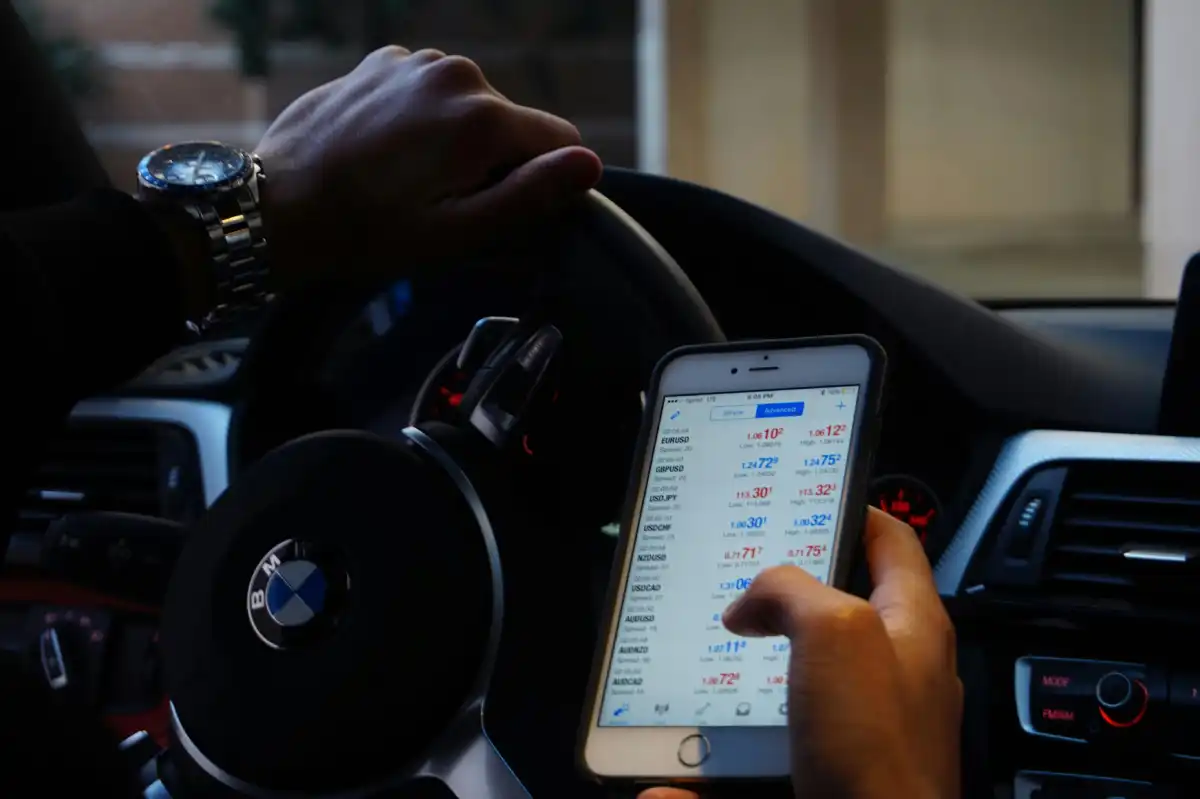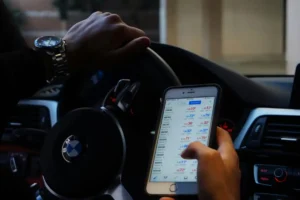In 1666, Sir Isaac Newton experienced a flash of brilliance under an apple tree, leading to the conceptualization of gravity. This iconic moment is often associated with the creative process, representing the “eureka moments” when conditions for creativity align. However, what many forget is that Newton spent nearly twenty years developing his ideas about gravity before publishing his groundbreaking work. The falling apple was just the beginning of a prolonged journey of creative thinking.
Is creative thinking an inherent trait or a skill that can be developed through practice? Research suggests that while genetics play a role, creativity is primarily a trainable skill. A study of 1,600 five-year-olds revealed that 98 percent scored as highly creative. However, by age 25, only 2 percent maintained this level of creativity. The decline indicates that non-creative behavior is learned, highlighting the impact of external factors.
Intelligence alone doesn’t guarantee creativity. Once a threshold of intelligence is met, personality factors become more predictive of creativity. The growth mindset, as proposed by psychologist Carol Dweck, is a crucial aspect. It involves viewing talents as malleable, believing that abilities can be improved with effort and practice. This mindset, combined with deliberate practice, drives creative thinking.
Embarking on a creative journey requires embracing the growth mindset and being willing to endure embarrassment or shame associated with learning new skills. The willingness to look bad in the pursuit of an activity is integral to the creative process, focusing more on the process than the outcome.
To enhance creativity, consider the following strategies:
- Constrain Yourself: Limitations can spark creative thinking. Constraints force resourcefulness and problem-solving, contributing to innovative ideas.
- Write More: Regular writing, whether publicly shared or in private, expands your creative surface area, increasing the chances of uncovering brilliant ideas.
- Broaden Your Knowledge: Exposure to diverse topics and ideas enhances creativity. Drawing connections between seemingly disparate areas fosters creative thinking.
- Sleep Longer: Adequate sleep is vital for cognitive functions, including creative thinking. Sleep deprivation impairs mental and physical performance, hindering creativity.
- Enjoy Sunshine and Nature: Spending time outdoors, particularly in nature, has been linked to increased creativity. Exposure to sunlight can positively impact creative thinking.
- Embrace Positive Thinking: Positive psychology research indicates that happiness broadens thinking, facilitating creative connections. Conversely, negativity and depression lead to more restrictive and limited thinking.
In conclusion, creative thinking is not reserved for a select few but is a skill that can be developed through deliberate


























